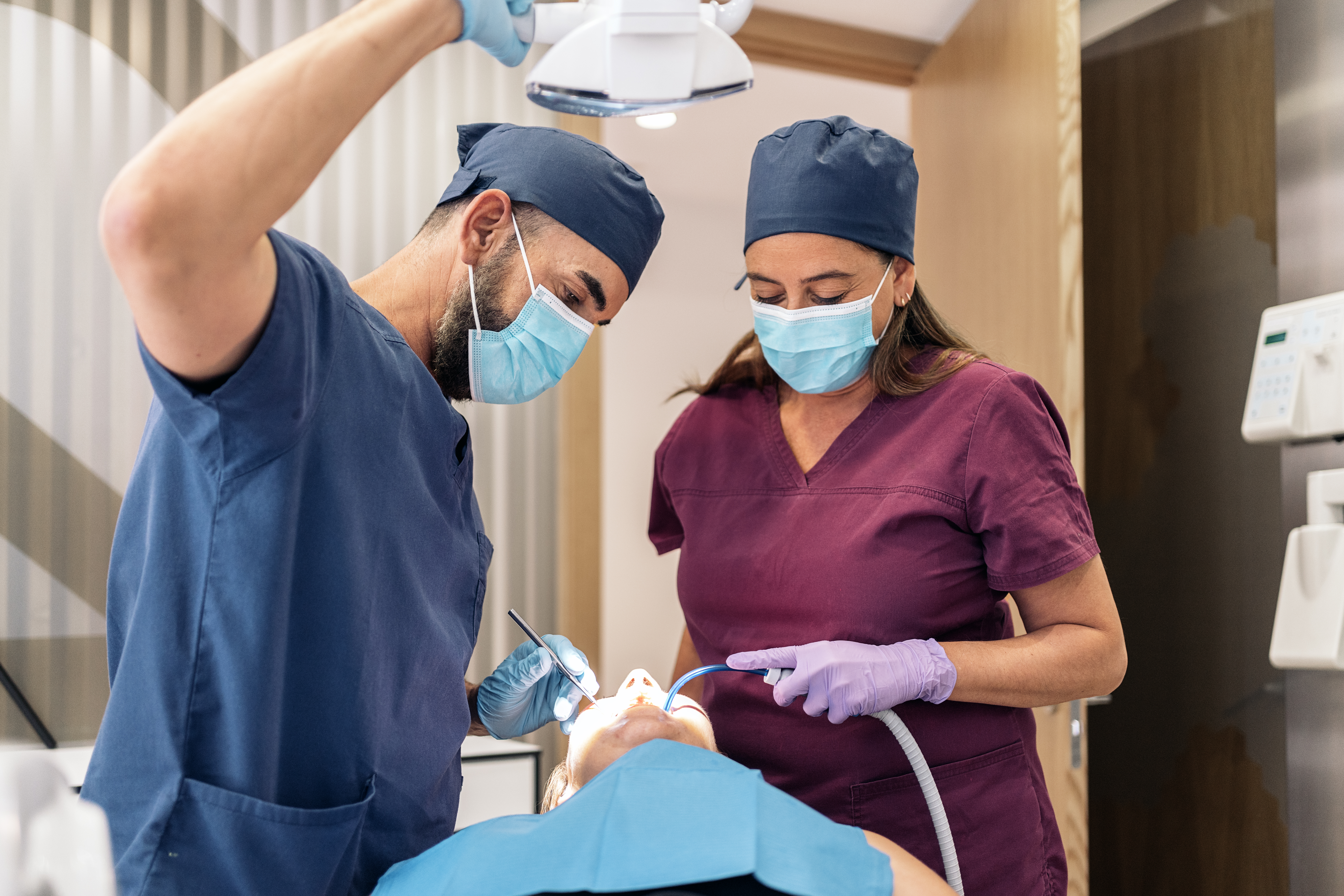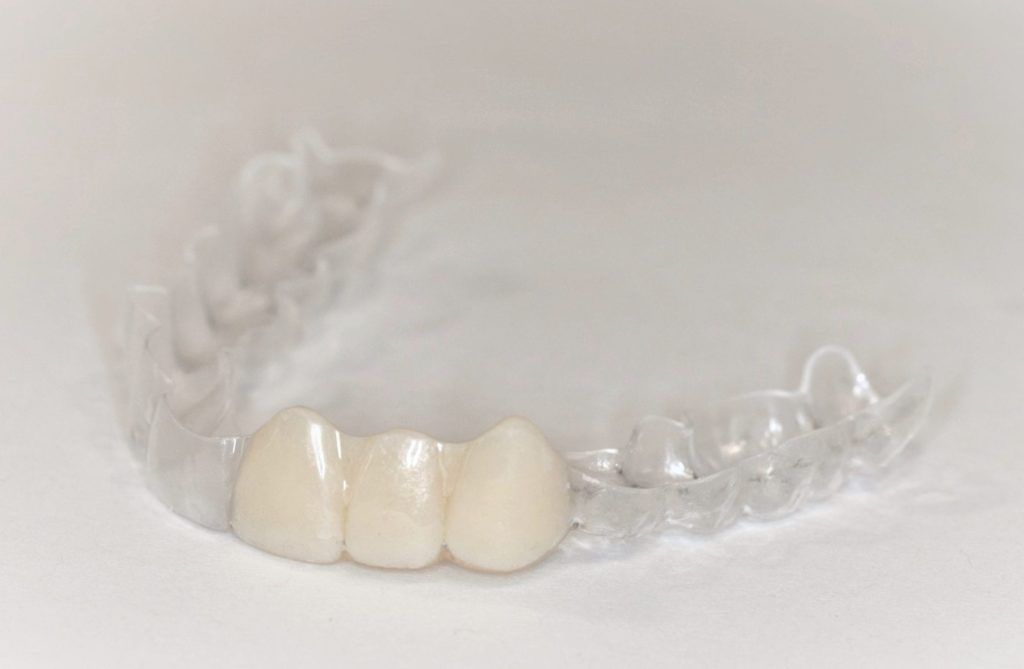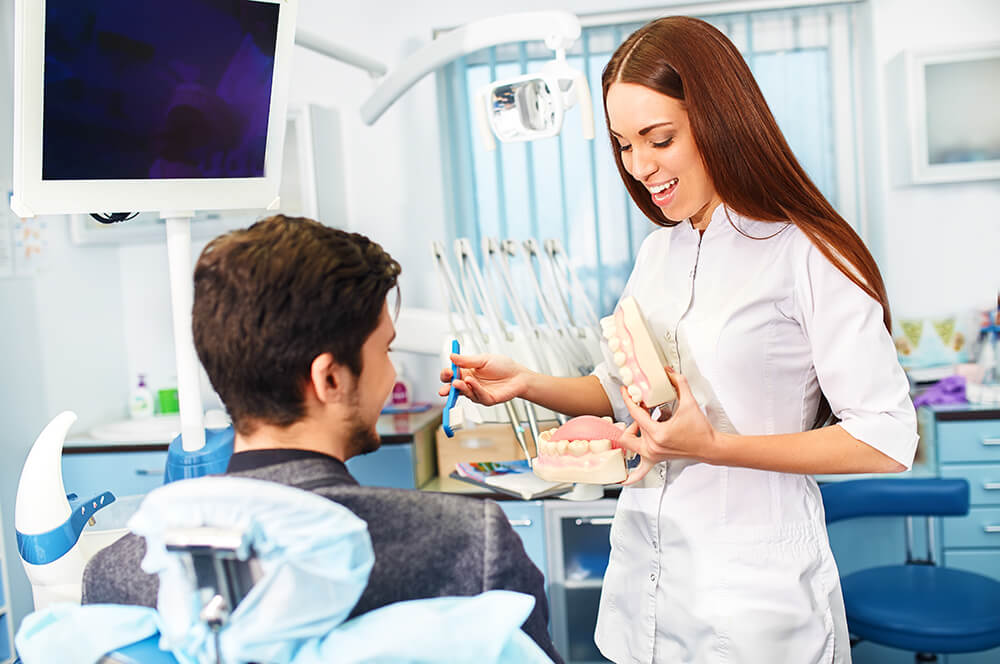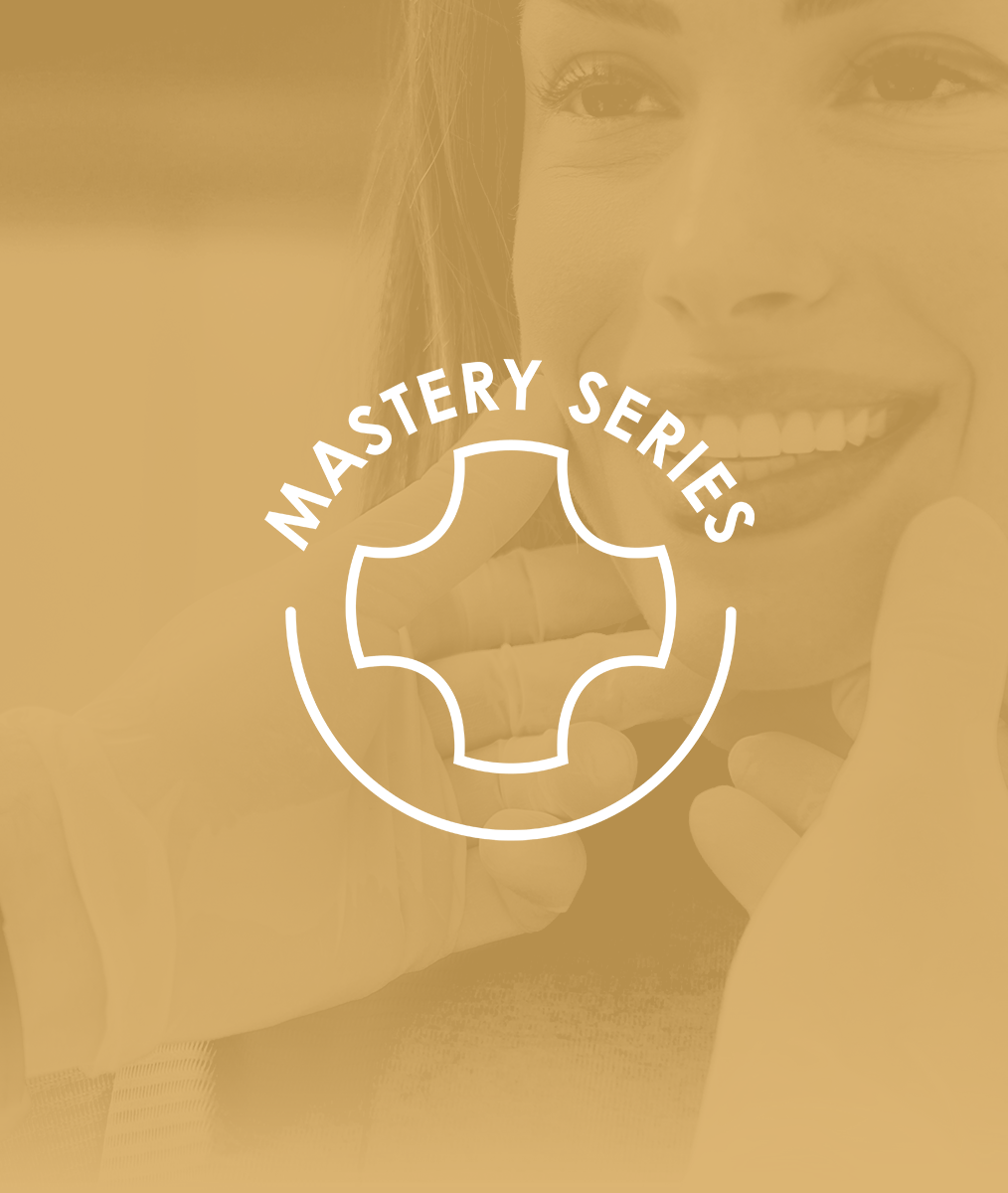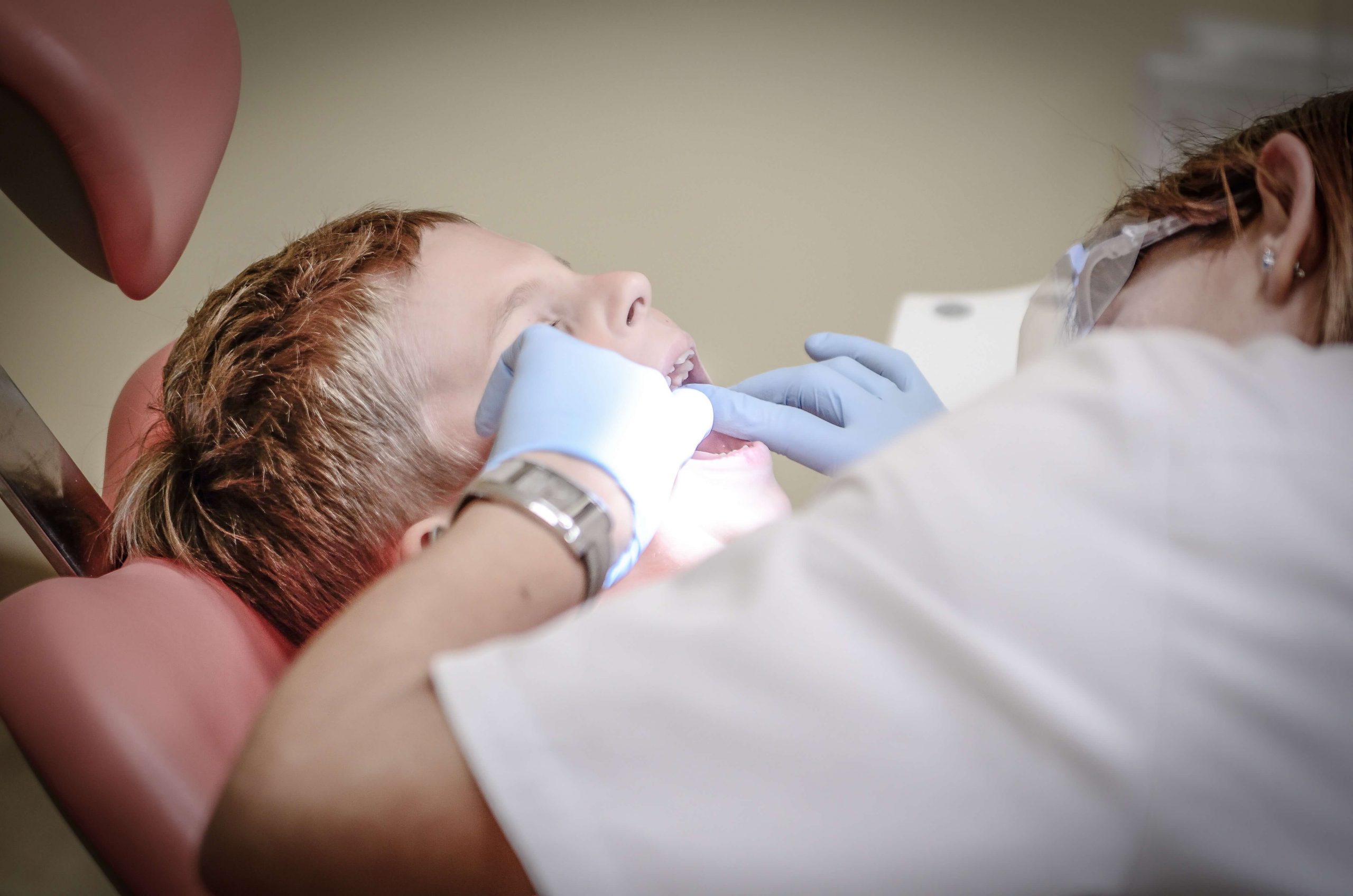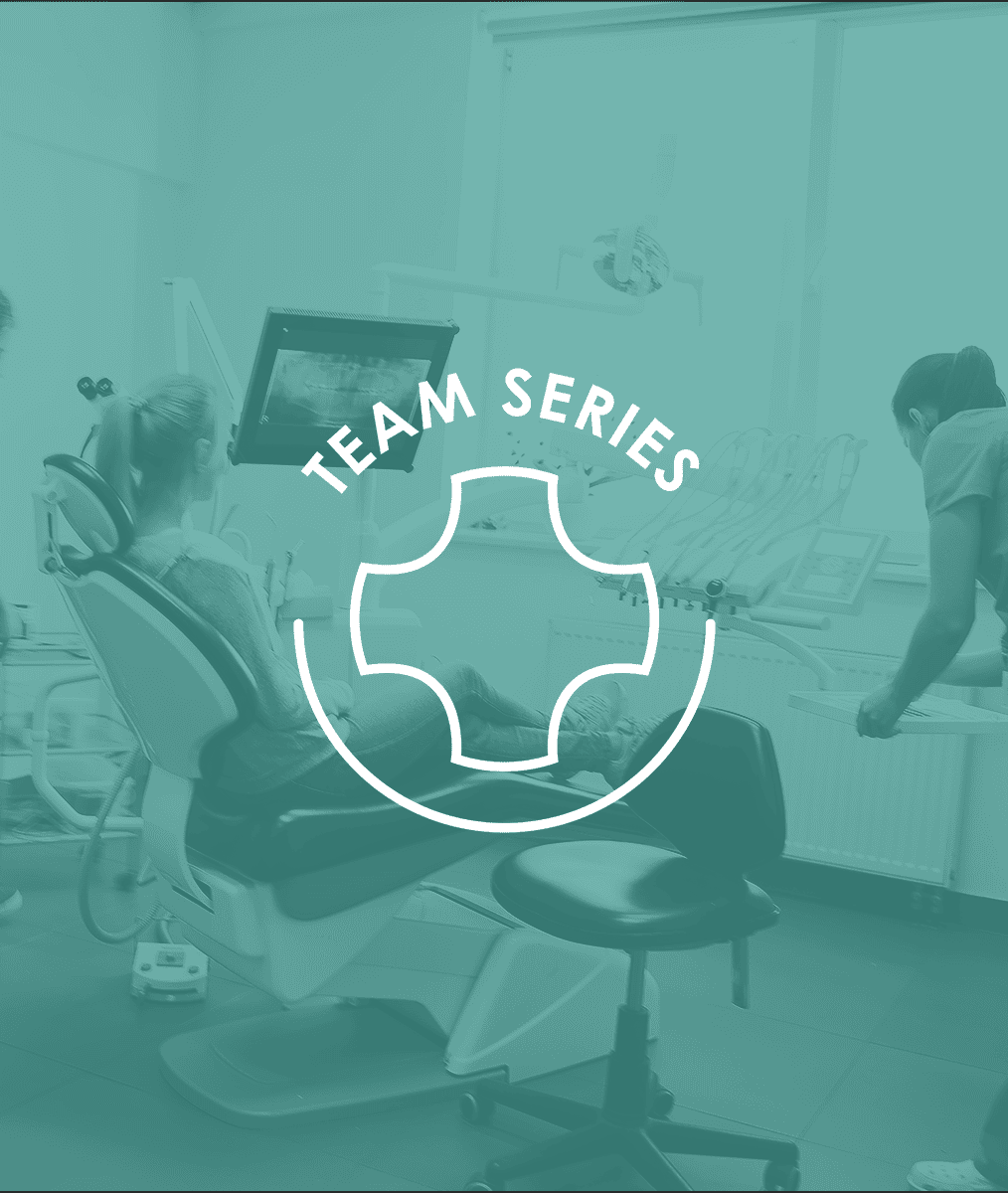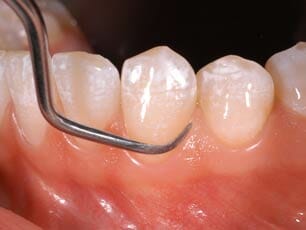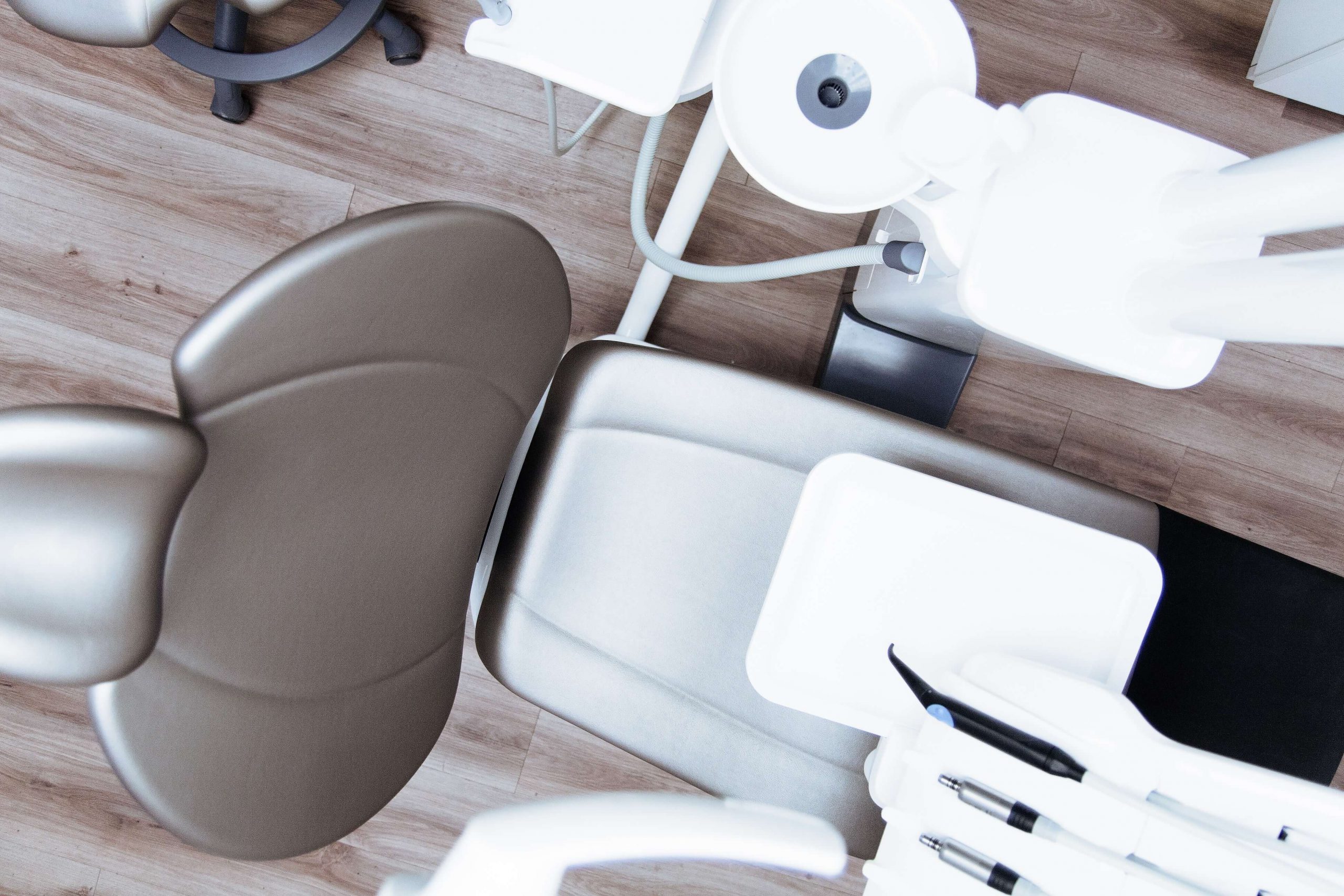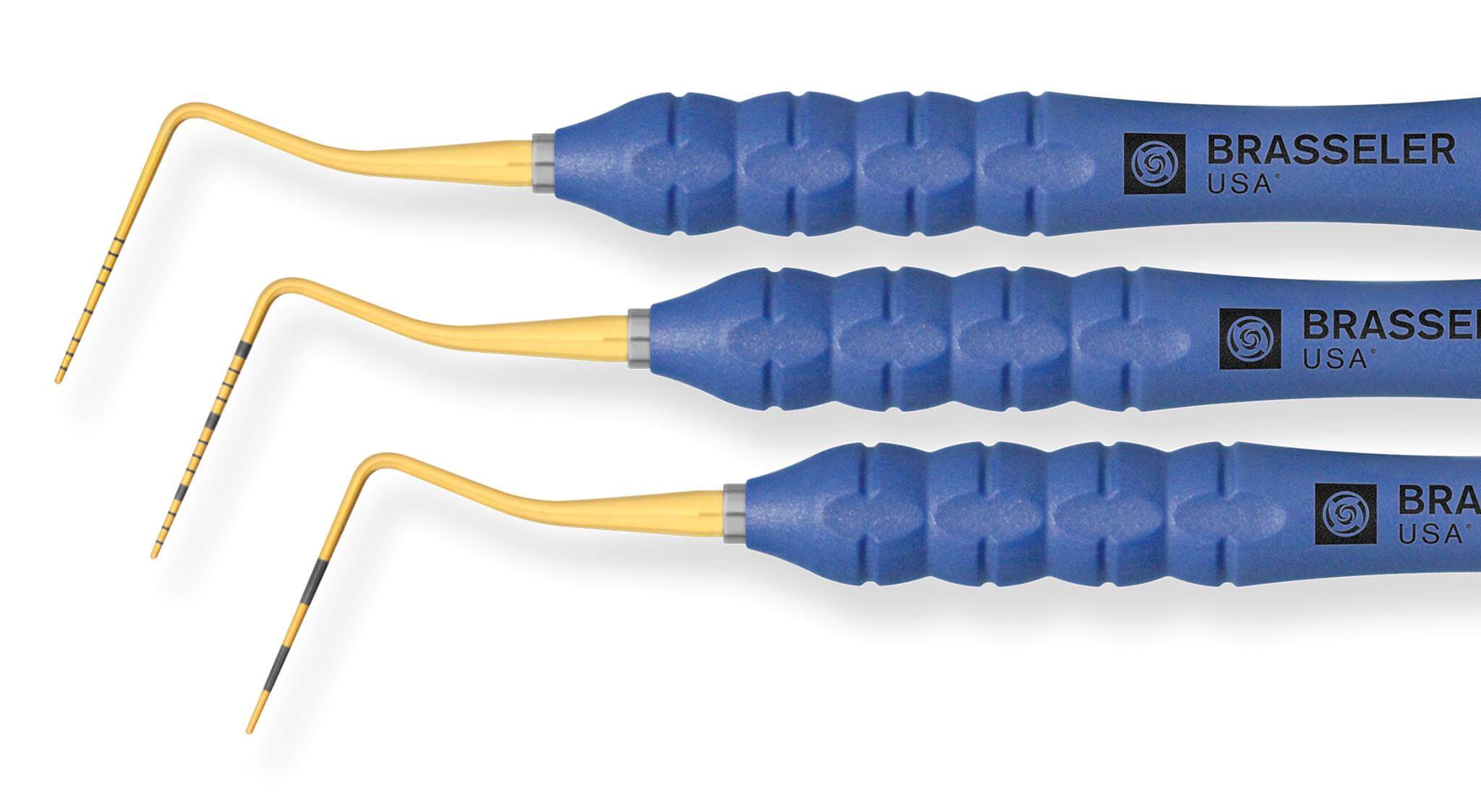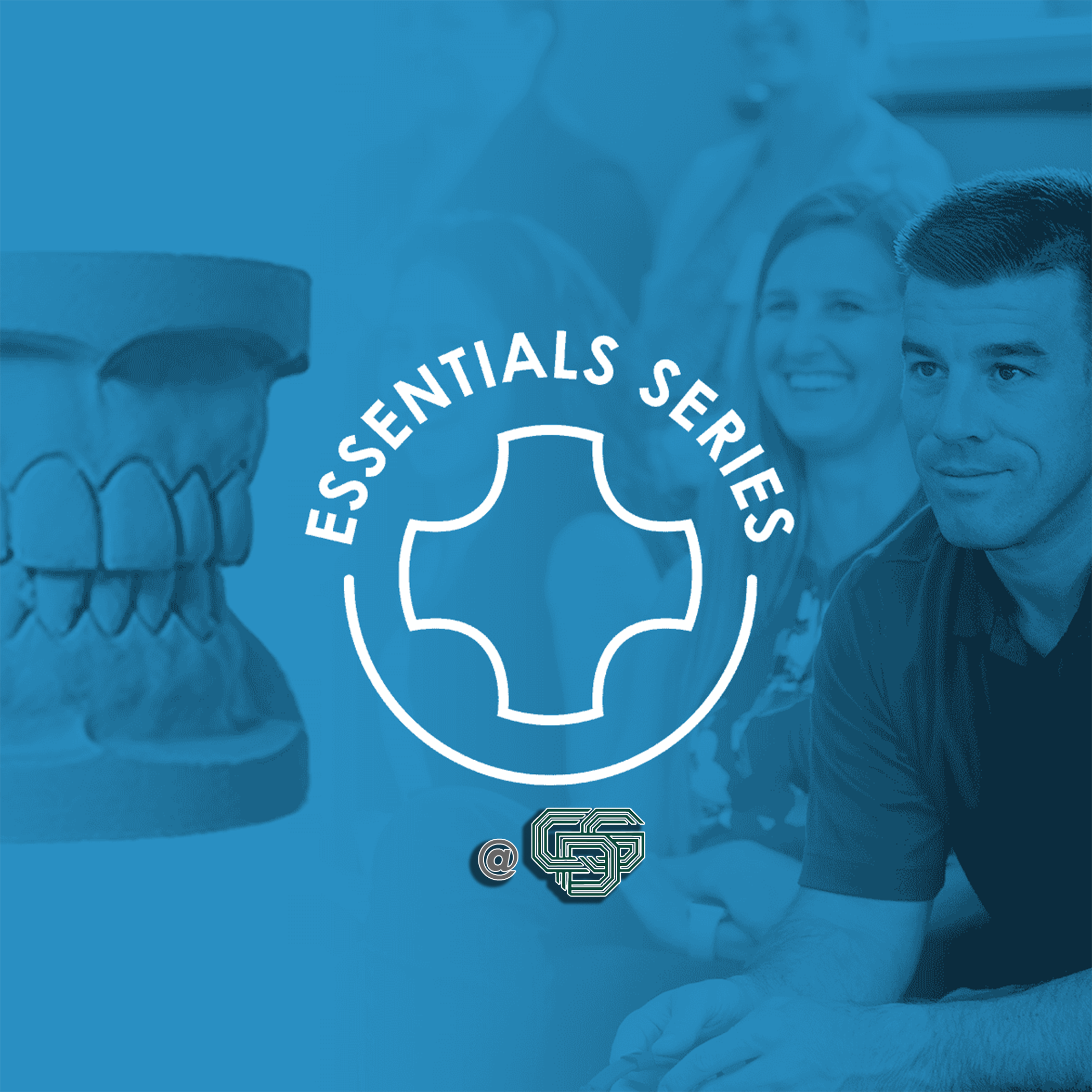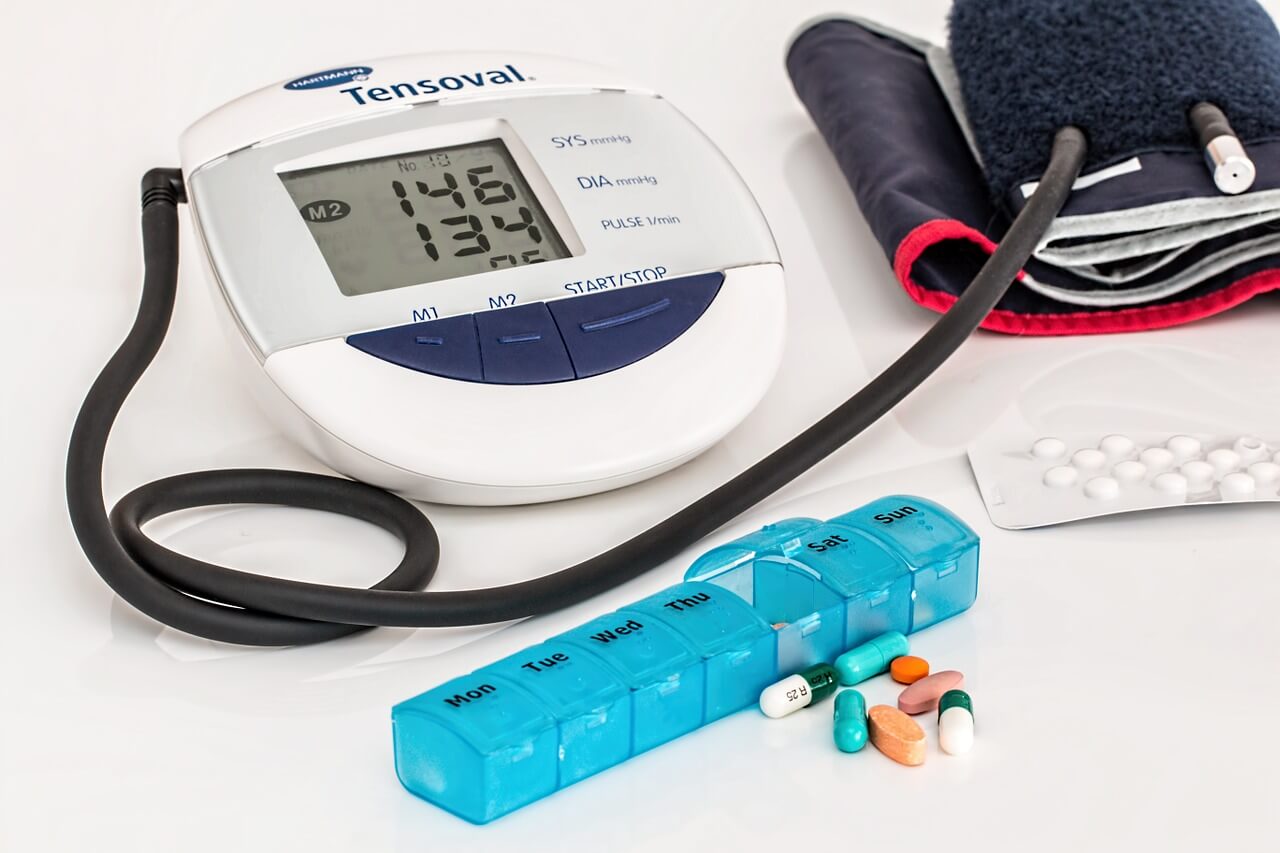A Simple Score Sheet Gamifies Moving Patients Forward
By Clayton Davis, DDS
About 15 years ago, my wife and I were on a trip to New York City. My laboratory had told me about two dentists there who practiced together and did an amazing amount of cosmetic and restorative dentistry. Their best month was about six or seven times more than my best month, so I was curious. I knew they had studied with some of the same mentors I had. They had gone to Pankey and Dawson. They have a a comprehensive approach. While I was in New York, one morning I told my wife I was going to visit their Manhattan office and see what I could learn.
Their office had reasonable furnishings (nothing fancy) and a reasonable level of equipment. It was tidy with nice staff. It seemed similar to what I have in my office. I sat down with the dentist who was there that day, and he shared with me what they do in their practice. They do a fair amount of marketing in health and beauty magazines that are circulated in the New York City area but otherwise it all sounded very familiar to my practice.
A few moments later, there was a knock at the door. It was the hygienist, and she said, “Doctor, ready when you get a chance for your examination. Mr. Anderson is in today, you may not recall, but he had said that he wanted to get his veneers done after his daughter graduated from college. That was a couple years ago when he said that, and his daughter is graduating in June, so it’s time to bring that up again. I mentioned it to him today, and he’s scheduled to start that in July. So, when you want to come on in and talk to him about it, that would be great.”
She walked away, and I looked at the dentist. I said, “What just happened? The hygienist handled everything about moving that patient forward for treatment. I can’t get mine to do that. As a matter of fact, we’ve had conversations, and they don’t seem to feel comfortable doing that.”
He said, “I don’t know. We talked to them about it, and they’re tremendous about it. They really help our practice move patients into treatment.”
I went home wondering how I could move my hygienists in the same direction, and an old business concept came back to me. If you want to improve something, you need to come up with a way to measure it. So, I came up with a form for logging what I call “Hygiene Points” and presented it to my hygienists. We talked about how we want to improve our ability to move patients forward with their treatment through the hygiene department. I simply asked them to score themselves on how it went at each appointment in talking to patients about any kind of treatment that came up.
As each patient passes through hygiene, they receive a score. The lowest score, a score of 1, is for when I come into the operatory, talk to the hygiene patient, bring up some previously recommended treatment, and they go ahead and schedule it. A score of 2 is for when the hygienist finds a problem like a cracked tooth and says that it needs to be monitored. A score of 3 is for when I’m in hygiene and diagnose something new and get the patient to commit to schedule treatment. A score of 4 is for when the hygienist gets previously recommended treatment scheduled at the front desk without my involvement. A score of 5 is for when the hygienist takes an intraoral picture and points out a problem to me and I get a commitment to schedule. In other words, they say, “Let’s take a picture of this. I want Dr. Davis’s opinion on it when he comes in the room.” And then because the hygienist was concerned and I confirm in front of the patient that this is an issue that needs to be addressed, the patient schedules treatment. The collaboration and communication go so well, this is worth 5 points. And then the ultimate score is 6 for when the hygienist gets a commitment to schedule treatment for an obvious problem before I come in to confirm the diagnosis.
The first couple of months that we used this scoring, we recorded a baseline monthly total. After that, the competitive instincts of the hygienists kicked in and they wanted to improve their total score each month. I did not give them a reward incentive, and over two years, more production was coming out of hygiene. The old saw “You can improve what you measure” has certainly increased restorative collaboration and revenue in our practice, and the pursuit of higher Hygiene Points has been fun.
Related Course
The Pankey Assistant’s Experience
DATE: June 12 2025 @ 12:00 pm - June 14 2025 @ 7:00 pmLocation: The Pankey Institute
CE HOURS: 17
Regular Tuition: $ 2050
Single Occupancy Room with Ensuite Bath (Per Night): $ 345
This “can’t miss” course will empower Dental Assistants to bring their skills to excellence! During this dynamic hands-on course, led by Pankey clinical team member, Sandra Caicedo, participants will learn…
Learn More>
